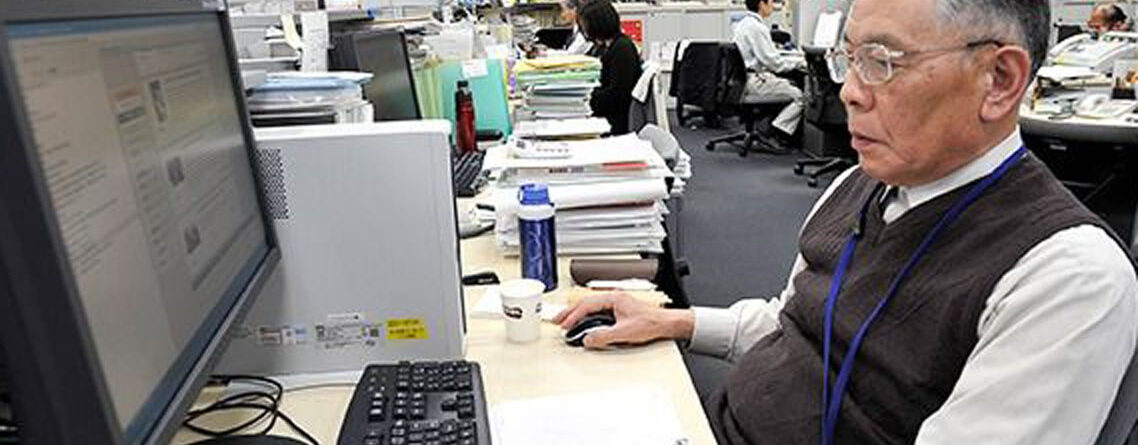Aging and Wages of Older Workers in Japan
By Quoc Hung Nguyen
We first theoretically argue that labor force aging leads to a fall in the relative wage of older workers based on the Tinbergen’s labor supply-demand framework. Using data from Japan’s Basic Survey on Wage Structure and Population Census across 47 prefectures, we then estimate that a 10% increase in the relative number of workers aged 55 and older leads to a fall in their corresponding relative wage in a range of 3.5% to 4.3%. This equivalently implies that the older workers and their younger cohorts are gross substitutes with the estimated elasticity of substitution in the range of 2.33 to 2.86. Our estimations also suggest that since 2010 there exists a convergence in the relative wage of older workers across Japan’s prefectures.
Source: SSRN











